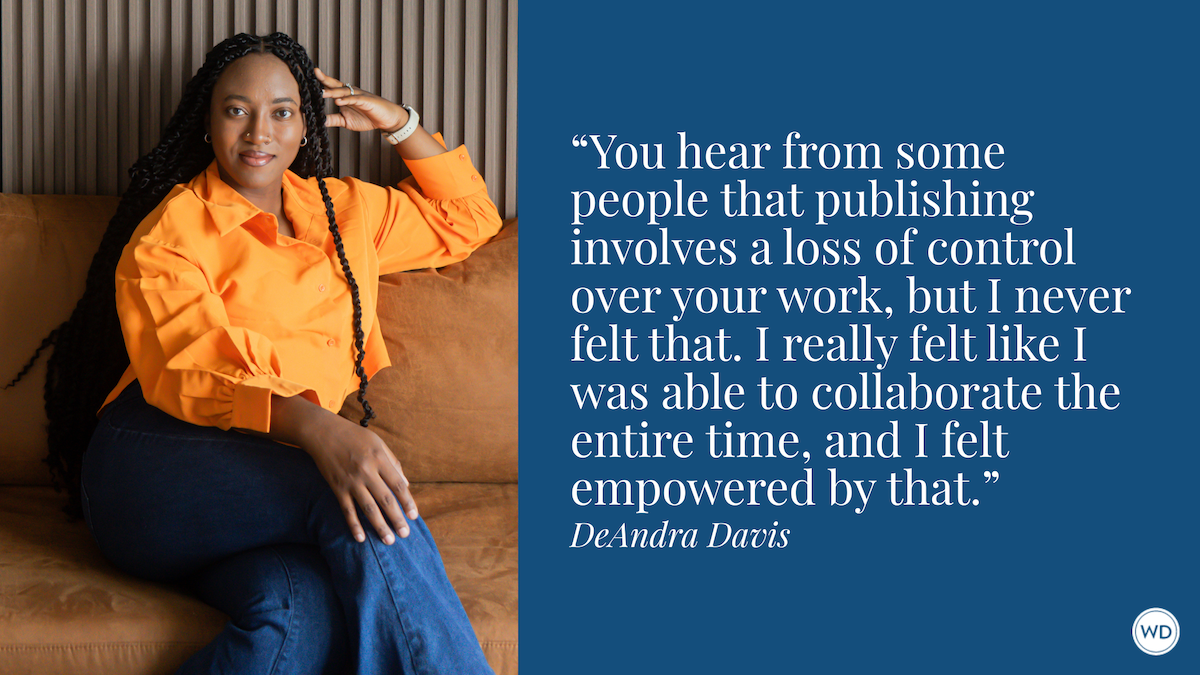7 Tips on Writing Great Mystery and Suspense Novels
Hitchcock was dubbed the “Master of Suspense” for very good reason. He knew how to manipulate an audience and keep them watching. Here are seven tips from author Tony Lee Moral to remember when writing suspense to keep your reader turning pages.
When plotting my new mystery and suspense novel Ghost Maven, I was inspired by the works of Alfred Hitchcock, whom I have written three books about. Hitchcock was dubbed the "Master of Suspense" for very good reason. He knew how to manipulate an audience and keep them watching. In the same way, here are seven tips to remember when writing suspense to keep your reader turning pages.
1. The number one rule of suspense is to give your reader information.
You can’t expect a reader to have anxieties if they have nothing to be anxious about. If you tell the reader that there’s a bomb in the room and that it’s going to go off in five minutes, that’s suspense. The suspense in Ghost Maven is what will happen when Alice finds out that Henry is a ghost? The suspense drives the narrative and keeps your reader interested.
2. Use counterpoint and contrast.
“Suspense doesn’t have any value unless it’s balanced by humor,” said Hitchcock, who was famous for his macabre sense of humor in films like The Trouble With Harry. In Frenzy, Hitchcock liked the extremes between comedy and horror and used humor to great effect between the Chief Inspector and his wife. "I invented the Chief Inspector’s wife so as to permit myself to place most of the discussion of the crime outside a professional context," said Hitchcock. “And I get comedy to sugar-coat the discussions by making the wife a gourmet cook. So this inspector comes home every night to the discussion of the murders over very rich meals.” Comedy can make your writing more dramatic and give your reader a chance to reflect on the suspense.
IndieBound | Bookshop | Amazon
[WD uses affiliate links.]
3. A good story should start with an earthquake and be followed by rising tension.
Some of Hitchcock’s best stories start with a bang, such as the chase along San Francisco’s twilight rooftops in Vertigo, or the strangulation murder at the beginning of Rope. I start Ghost Maven with the heroine in deep water and in danger when a kayaking trip in Monterey Bay goes terribly wrong.
4. Never use a setting simply as background.
Use it 100%. Hitchcock was adamant that the backgrounds must be incorporated into the drama and made it a rule to exploit elements that are connected with a location. When writing my locations, I also thought about how they could be used dramatically. In Ghost Maven, when Alice climbs the Point Pinos Lighthouse, the oldest lighthouse on the West Coast, it twice becomes the setting for her attempted murder.
5. At the same time, avoid the cliché in your locations, such as staging a murder in a dark alleyway or at night.
As Hitchcock loved contrast, he would often stage his most macabre scenes in the most congenial of settings, such as the murder-dinner party in Rope, or the attempted assassination of Cary Grant’s character in North by Northwest, which takes place in brilliant sunshine inside a crop field. This sense of the unexpected, and the idea that turmoil can erupt at any moment, will keep your readers on their guard.
6. Keep your story moving.
The sudden switches of location in a book are also very important to ensure your readers are alert. Hitchcock knew that one of the ways in which suspense drama must change is in its setting. The Orient Express, for example, has had its day as a scene for spy melodrama. The same could be true for narrow stairways and high towers. In North by Northwest, Hitchcock wanted to stage a scene on Mount Rushmore, and like The 39 Steps, wrote a quick succession of scenes that led up to the exciting denouement. Similarly, I start my novel with a quick succession of chapters, with locations and settings that will be crucial for the action later on.
7. Avoid stereotypes whether it’s in character or plot.
Hitchcock has given us some of the most memorable villains to grace the screen. That’s because he avoided the cliché through character and made his villains like Brandon in Rope, or Bob Rusk in Frenzy, attractive. “All villains are not black, and all heroes are not white. There are grays everywhere. You can’t just walk down Fifth Avenue and say he’s a villain and he’s a hero. How do you know?” said Hitchcock. Make your villains attractive, so that they can get near their victims.








